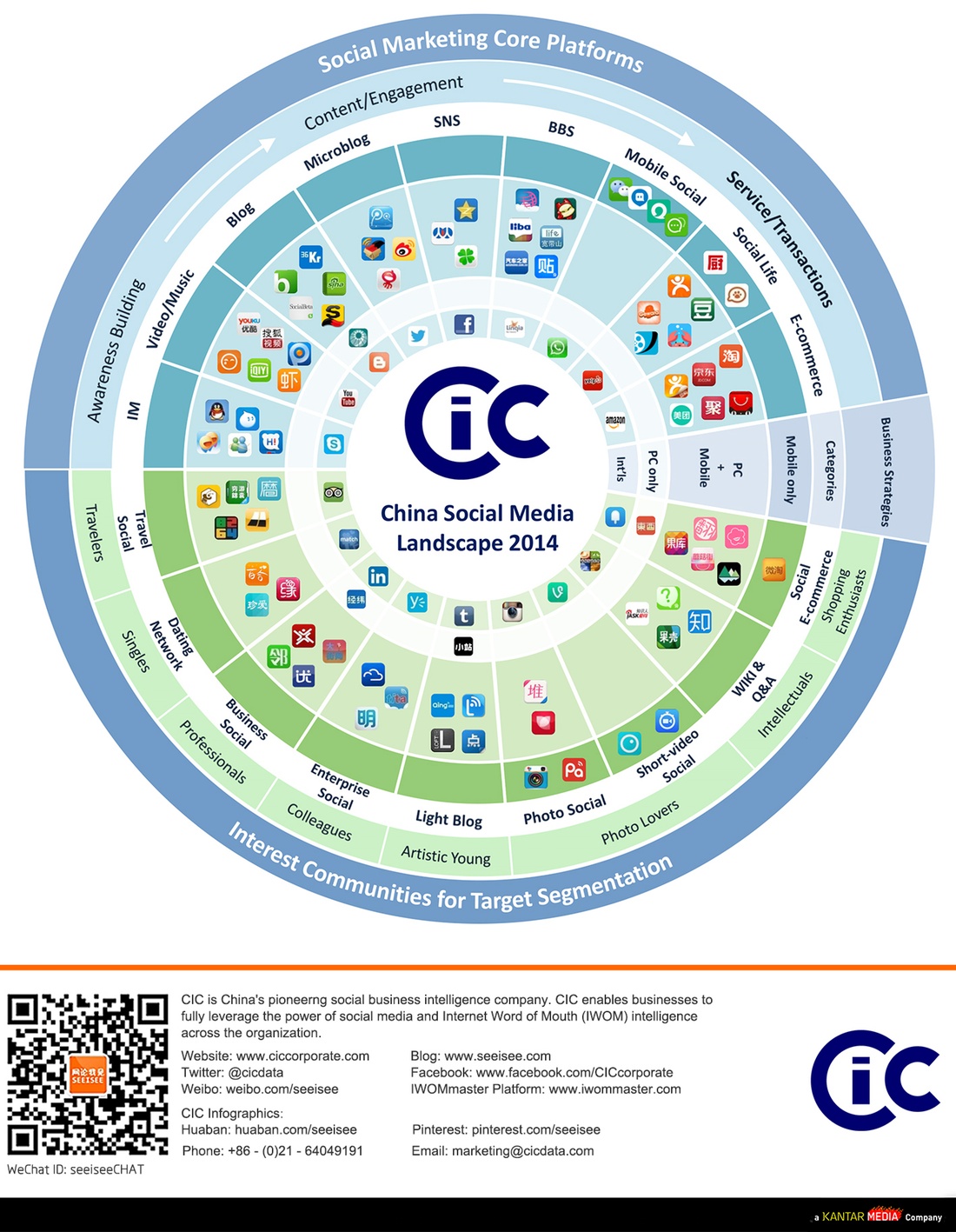About two months ago, I bought a lotto ticket in Florida. I don’t do that. Ever. But the huge prize ($425 million) called out to me from a 7-11 storefront. I reasoned that winners of things like the ‘Mega Millions jackpot’ always seem to have bought their ticket at a 7-11 in Florida, right?
My odds were 1 in 259 million.
As I’ve partnered with Skoll Foundation to design the session I will moderate at the 2014 Skoll World Forum, I find myself thinking about that jackpot. The session will focus on basic service delivery to the very poor. You could say ‘the last mile’ but it might even be the last hundred meters. At Mulago, we believe that’s the impact jackpot: figuring out a way to reach – really reach – the poorest of the poor. It’s not easy, but the potential impact pay off is huge.
Unmet basic needs – clean water, household energy, healthcare, sanitation, education, livelihood – exacerbate each other in a dark synergy of entrenched poverty. Those who are malnourished are more vulnerable to dirty water. Those who stand to gain the most from studying have the most to lose when there is no light. Farmers with tiny plots have the most to lose when there are no agricultural support services. Every health issue becomes a financial crisis. Severe poverty isn’t just a bad hand; it’s the whole deck stacked against you.
Most of the world’s poorest people are rural. In Oxford, we’ll explore how to hit the impact jackpot: getting services to the rural poor. A high-stakes topic to honor the 2014 theme: ambition. Ambition is not just setting your eyes on the prize; it’s clawing, sweating, screaming, schmoozing, debating, influencing, persuading, clearing and paving a path to it. Ambition is the drive to transform aspiration into actions that have impact.
I had ambitions to win the Florida lottery. But I had no reasonable way to make it happen. Government, NGOs and private sector actors all share ambition to reach the poor. But what channels really work to make it happen? The answers may be different for different sectors; in Oxford, we’ll push on how they’re different and what we might be able to learn across them.
From Mulago’s vantage point, we’re lucky to see these differences in models that combine ambition and ability to package and deliver services that address basic needs in our Scalable Solutions Portfolio. Off.Grid::Electric provides clean energy as a service without transferring the risk of asset purchase to the poor. myAgrohelps farmers save for seeds, fertilizer and training via a scheme that works like the mobile airtime cards people use every day. Jacaranda Health delivers quality, cost-effective care at a chain of maternity clinics. Sanergy is building an integrated sanitation value chain to serve urban slums – from toilet design and franchising to waste collection and organic fertilizer sale. Groups like D-Rev andProximity Designs are doing more than designing high impact products for health and livelihood; they’re also ensuring they make it to the people who need them and are used correctly. mothers2mothers is partnering with governments to more rapidly scale its model of HIV+ peer support to prevent mother-to-child transmission of HIV; Komaza is bundling access to inputs, finance and training to pioneer microforestry that boosts smallholder incomes; and Development Media International is leveraging mass media to change health behaviors and save lives.
Can you guess which of the above are for-profit organizations, NGOs or hybrid legal structures? It’s a true mix. These organizations have variously identified the market or government as the ultimate route to scale, and they have different perspectives on the role of subsidy required to achieve it. It’s worth having a real debate about the right actors, subsidies, and distribution channels to package and deliver services at scale to the very poor.
We’re going to have that debate in Oxford with folks paving the path to the poorest of the poor, going all the way from innovation to impact, includingAndrew Youn, Co-Founder and Director of One Acre Fund, who continues to push our field on how to bundle and deliver products and services to smallholder farmers in a systematic and cost-effective way; Steve Davis, CEO of PATH, who brokers partnerships across sectors to ensure innovations in global health don’t get stuck in the r&d phase; and Neal Keny-Guyer, CEO of Mercy Corps, who leads the organization’s efforts across 40 countries to address basic needs of the poor in some of the toughest to reach places.
You can’t win the lottery if you don’t buy a ticket. But the best part about the impact jackpot?
The prize is shared among all of us.
Source: by Kristin Gilliss Associate Portfolio Director, Mulago Foundation






